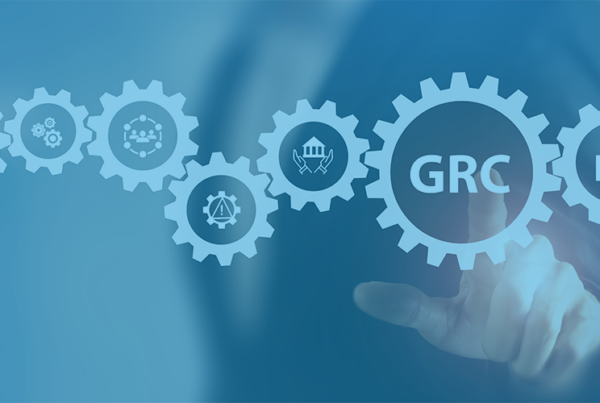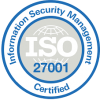As the governance, risk, and compliance (GRC) landscape continues to evolve, organizations need to stay ahead of emerging trends and challenges. In 2023, a critical point of emphasis has taken center stage: The role of automation in streamlining GRC processes.
The Role of Automation in Streamlining GRC Processes
Automation offers several significant advantages in GRC processes, including faster response times, improved accuracy, cost savings, and scalability. Embracing new technology can empower organizations to optimize GRC efforts across various industries.
Real-world applications of automation in GRC processes:
Regulatory Change Management: Automated regulatory change management tools can help organizations monitor and track regulatory developments, ensuring compliance with evolving requirements.
Risk Assessment and Mitigation: Automation can improve risk assessments by gathering data from various sources, analyzing it, and generating risk scores. This enables organizations to identify and prioritize risks and develop targeted mitigation strategies.
Policy and Procedure Management: Automated policy and procedure management systems can help organizations maintain a centralized repository of policies and procedures, streamlining the process of creating, updating, and distributing these documents. This saves the organization valuable time and greatly reduces human errors.
Incident Reporting and Management: Automation can simplify incident reporting and management by automatically capturing incident data, facilitating communication among stakeholders, and tracking resolution progress.
Best practices for implementing automation in GRC processes:
- Assess Current GRC Processes and Identify Opportunities for Automation: Evaluate existing GRC processes and identify areas where automation can add value. This may involve pinpointing repetitive tasks, manual data entry, or complex calculations that can be automated to improve efficiency and accuracy.
- Select the Right GRC Automation Tools: Carefully evaluate available GRC automation tools and select the ones that best align with specific needs and objectives.
- Ensure Proper Integration with Existing Systems: Work closely with IT experts to address any technical challenges that may arise during implementation. Ensure that selected GRC automation tools seamlessly integrate with existing systems and processes.
- Provide Adequate Training and Support: Offer training sessions, provide documentation and resources, and establish a helpdesk to address any questions or concerns that may arise during the adoption of automation in GRC processes.
- Continuously Monitor and Optimize GRC Automation Efforts: Regularly review the effectiveness of automated workflows, identify areas for improvement, and refine the automation strategy to maximize its impact on GRC processes.
Trends and Implementation Best Practices
As GRC continues to evolve, the role of automation in streamlining GRC processes will prove to be the key to success. For a comprehensive understanding of the importance of this trend, and a deep dive on implementation best practices, read Navigating the GRC Landscape in 2023: Trends and Strategies.






